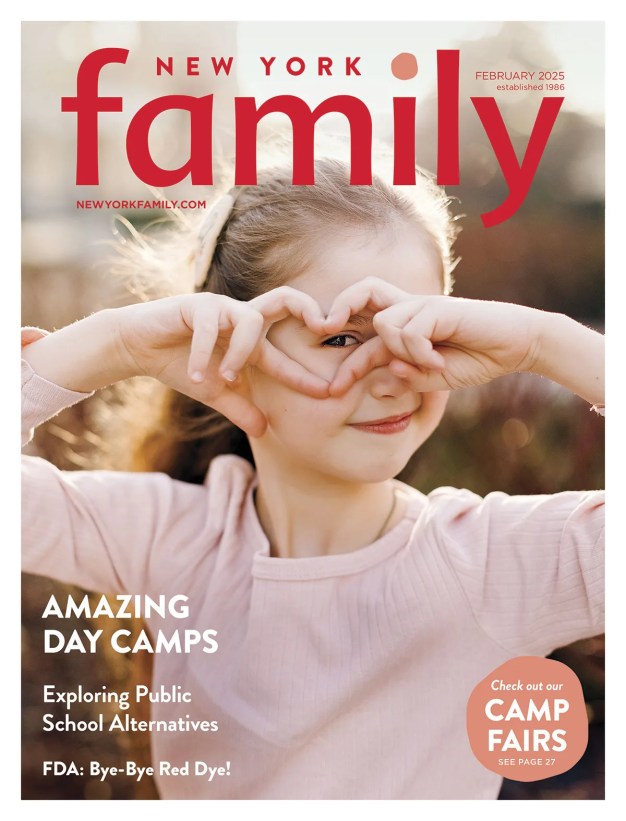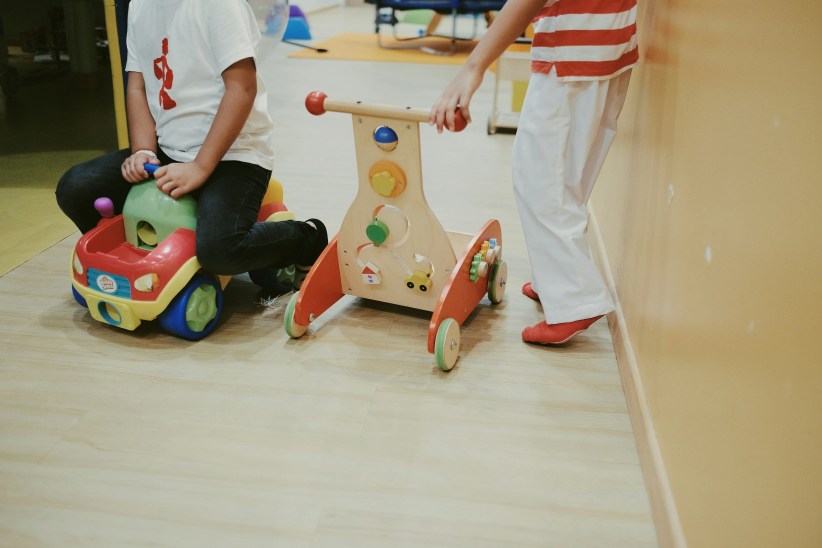Julia Swanson was a vivacious, smart, and fun-loving teen until, quite abruptly, she wasn’t. One day, she felt dizzy, nauseous, and her heart was racing before leaving for school. Thinking she was coming down with the flu, she brushed it off. After a few days, the flu never set in but Julia kept having these symptoms. Then she almost passed out in school after walking up the stairs.
Doctor after doctor could not identify why a healthy teen was experiencing such debilitating symptoms. One said it was simple tachycardia — an abnormally rapid heart rate — brought on by the stress of school. Another said it could be anxiety or panic disorder. Another said it was irritable bowel syndrome. Yet another said it was a hormonal imbalance. The last one said it was allergies. Julia became unable to walk very far, be active, concentrate, socialize, or do anything she would normally enjoy doing.
Every doctor she visited missed the diagnosis. It wasn’t until her mother, Elaine, took her to a psychiatrist to rule out any psychiatric conditions, but the doctor said he didn’t think she had any mental issues at all. In fact, she was reacting very normally for someone going through such terrifying physical experiences day in and day out. “She may have POTS,” he said. It was the first time that Elaine had heard the term before.
Postural Orthostatic Tachycardia Syndrome is a form of dysautonomia (when the autonomic nervous system malfunctions) that affects a large portion of teens. Symptoms may include heart palpitations, extreme fatigue, brain fog, nausea, headache, light-headedness, heat intolerance, exercise intolerance, insomnia, headaches, gastric problems, chronic pain, and near-fainting or full fainting spells, especially upon standing upright or walking. The symptoms are “severe enough to limit daily functioning” says Dr. Blair Grubb, a leading Postural Orthostatic Tachycardia Syndrome specialist in the country. Many compare the quality of life to that of having congestive heart failure.
There is no cure for it, but a variety of medications and lifestyle modifications help alleviate symptoms. The first primary therapy is extra fluids and extra salt to increase the blood volume, as most people with suffer from hypovolemia, or low blood volume, which increases their orthostatic intolerance.
Postural Orthostatic Tachycardia Syndrome may be diagnosed by doing a “poor man’s tilt test,” in which the heart rate increases of 30 or more beats per minute (or a rate that exceeds 120 beats per minute) that occurs within the first 10 minutes of standing. A formal tilt table test or advanced autonomic testing are typically performed for official diagnosis, although some doctors do not put their patients through it and are able diagnosis clinically. Many patients become very dizzy, nauseous, and many pass out while undergoing the test.
“To imagine POTS for yourself: number one, fast for 24 hours; number two, donate a pint of your blood; number three, go home and turn your thermostat up to 100 degrees Fahrenheit; number four, stand motionless. Enjoy the symptoms,” says Dr. Jeffrey Boris, a pediatric cardiologist at Children’s Hospital of Philadelphia.
The level of disability in patients varies, from those functioning with symptoms to those rendered bedridden. Many teens, in the prime of the life, cannot endure the simplest of things, like attend school, hang out with friends, or even go shopping, without experiencing immediate symptoms and possibly passing out. The recovery period is often a long and arduous one. When Postural Orthostatic Tachycardia Syndrome develops in adolescence, 20 percent of teens make a full recovery within 10 years. Recovery is typically dependent on the underlying cause, although in many cases, no identifiable cause is ever found. Some known causes are viral infections, Lyme disease, Ehlers-Danlos Syndrome, Chiari malformation, mast-cell activation disorders, mitochondrial disease, and tumors. Still many other causes exist.
Postural Orthostatic Tachycardia Syndrome is not a rare disease, but it is not widely know either, even by many physicians. The top hospitals in the country in the research and treatment are Mayo Clinic, Vanderbilt University Medical Center, and Cleveland Clinic. Postural Orthostatic Tachycardia Syndrome is treated usually by a cardiologist and a neurologist combined, but a full treatment team may also include a gastroenterologist, infectious disease doctor, allergist, rheumatologist, geneticist, and of course, a psychologist to help the patient learn to live with such a debilitating chronic condition.
Julia and her parents are still visiting specialists and determining which treatments might work best, but are hopeful now she has been finally diagnosed.
“At least we know what we are dealing with now,” says Elaine. “We are hopeful that new research will bring better treatments options and hopefully one day, a cure.”
To learn more about Postural Orthostatic Tachycardia Syndrome, watch “The Postural Orthostatic Tachycardia Syndrome” by Dr. Jeffrey Boris on YouTube.
Danielle Sullivan, a mom of three, has worked as a writer and editor in the parenting world for more than 10 years. Sullivan also writes about pets and parenting for Disney’s Babbl
Resources for patients and their families:
• Dysautonomia International: A wonderful website and Facebook page, provides vital information, lists top doctors nationally and helps identify doctors in your area; www.dysau
• DINET: A comprehensive website and organization aiming to spread awareness, doctor finder; www.dinet.org.
• DYNA: Brochures can be printed to explain Postural Orthostatic Tachycardia Syndrome to family, friends, schools, etc.
• Standing Up To POTS: website with loads of information on living with Postural Orthostatic Tachycardia Syndrome, treatments, research, and advocacy, including a letter to bring to each doctor, titled “What Every Doctor Should Know About POTS.”
• POTSibilities Parents: Facebook group for parents of children with Postural Orthostatic Tachycardia Syndrome; invaluable information offered and vibrant community that helps each other.
• Facebook and Twitter: each has multiple groups and pages with vital information.





















